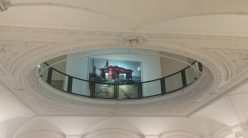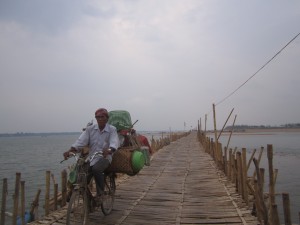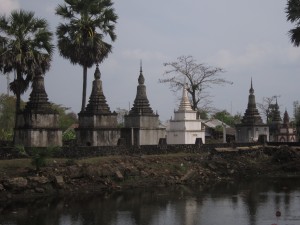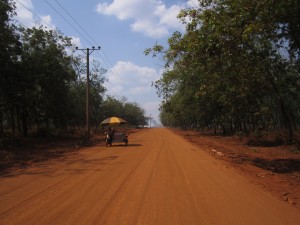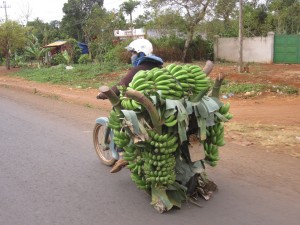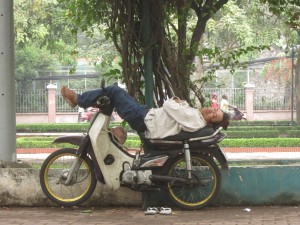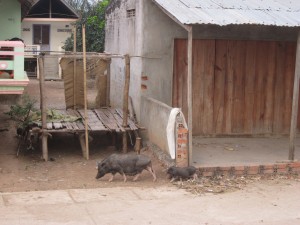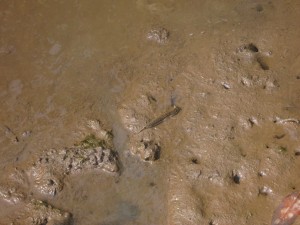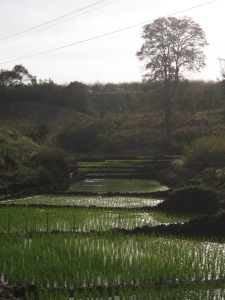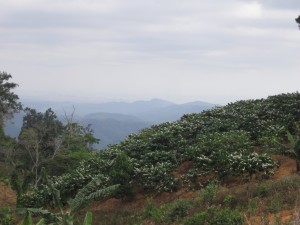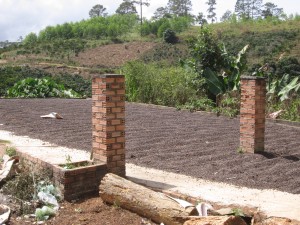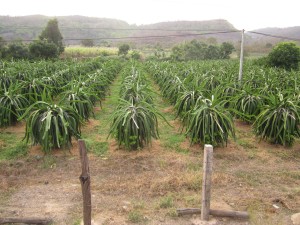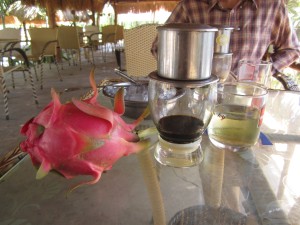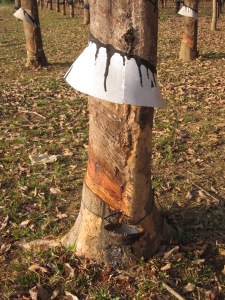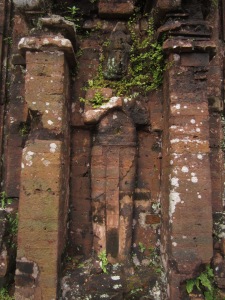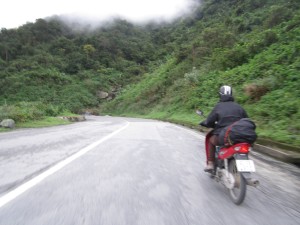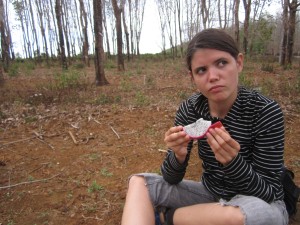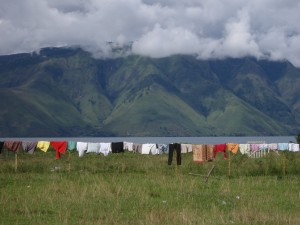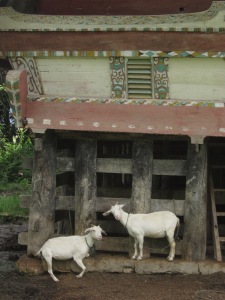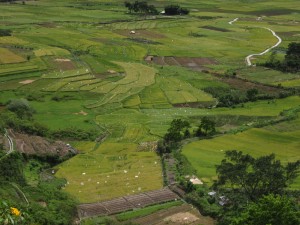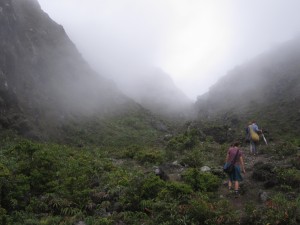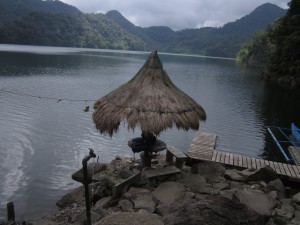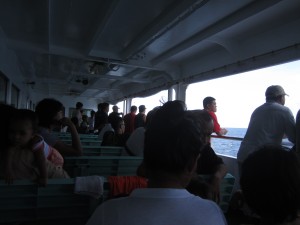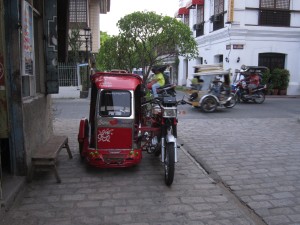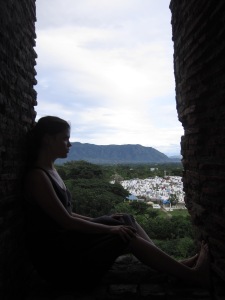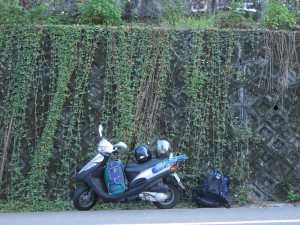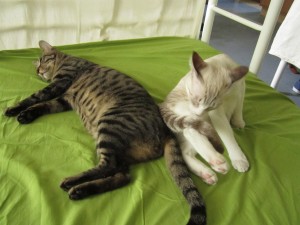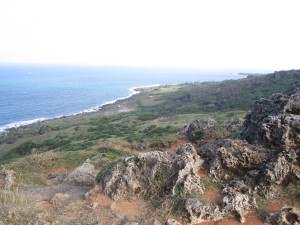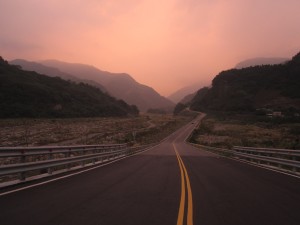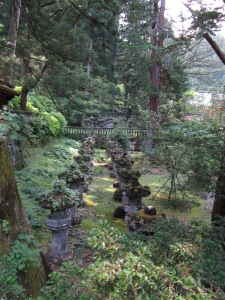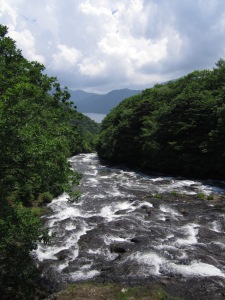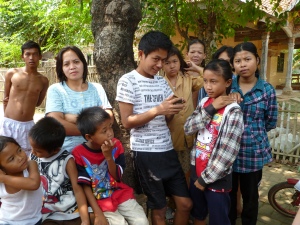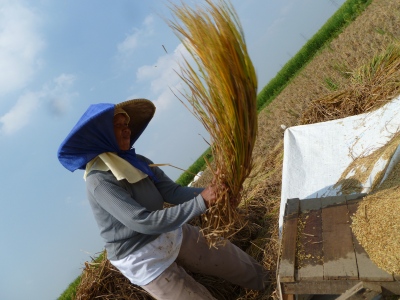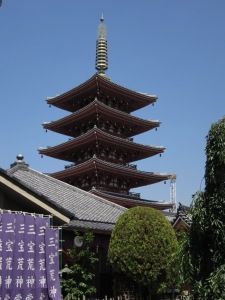
So, it’s all finally coming to its end. The year and a half that I’ve spent in Asia has been reducing itself to its final months, weeks, days and soon hours, before I embark on a 24-hour plane ride back to New York City.

It’s difficult not to reflect or try to remember certain themes or occurrences, even when I am in states of not being attached to the fact that it’s really happening. I’ve been traveling throughout Southeast Asia for about six months, and it’s gotten to the point where it’s become my reality, and doesn’t even feel like a trip any more. Perhaps it will feel more like traveling when I’m not actually here.
Of course there are many things I’ve learned, about myself and the places I’ve seen. I’ve gained new perspective even on being American and the United States itself.
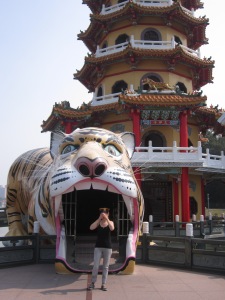
This has been the longest I’ve traveled at once. After a year of South Korea, the weather was headed towards fall, where I decided to skip the cold this time around. First stop was Taiwan, where we motor-tripped around the perimeter of the island, and that was followed by an island-hopping adventure in the Philippines.
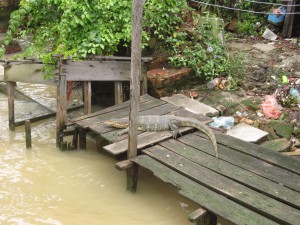
From Manila, Philippines, we flew to Singapore, quite possibly the cleanest city I’ve seen. When I was younger, my impressions of Singapore were that you’d be arrested for chewing gum or littering. When I got there, however, I did not see one cop the whole time, and people were even jaywakling. I only spent two days there before heading to Malaysia and into the cities of Malacca and Kuala Lumpur, learning about the multi-racial aspects of what makes the country what it is.

Ten days of Sumatra, Indonesia, involved wonderful lake views, volcano trekking and hot springs. It was then we flew back to Malaysia to Penang island, then to the Cameron highlands, a low-temperature tourist spot full of green tea plantations and other assorted temperate agriculture.

A few weeks in Vietnam was a mixed experience. Then it was through Cambodia, stopping in its biggest city, Phnom Penh, then making it up to the provincial towns on the northern route. We then spent a week in Laos, starting from the south on the river island of Don Det, then the provincial city of Pakse and capital city, Vientiane. Vientiane was very laid-back and hardly a bustling metropolis, and it somewhat reminded me of Binghamton, New York, being full of empty buildings and pedestrian-less streets.
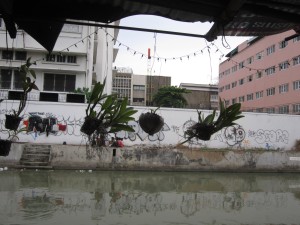
We ended up in Bangkok for a week, a wonderful city of canals, cats, markets and street food. I traveled on my first sleeper train before a brief excursion to Koh Lipe, an island in the sea in the south, before making it back to Malaysia.
Anyway, most people can acknowledge that it’s not about the biggest list of places you travel or how many sites you’ve seen versus how far you got away from the tourist trail, but what you get out of it, whether at the time or during a session of reflecting. Of course I’ll emphasize the good and the adventurous when I look at pictures and tell others stories, but there have certainly been periods of downs during my travels, whether it’s sketchy food, allergic reactions to bug bites, lies and rip-offs or air conditioners breaking on boat rides where all the people are packed in like sardines.
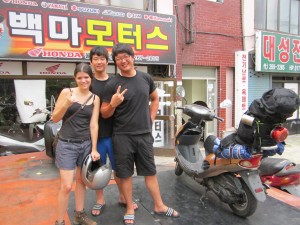
There are of course big things I will miss about Asia. For one, I’ll miss the casualness of everyday life. In America, I feel as if there is too much officialdom, that I’m always being watched and that I always have to consider the legal consequences of simple actions. Asian food will never be the same when I return, whether spiced incorrectly or just not being up to substantial quality. I’ve consumed many different versions of rice and tofu that I’ll certainly wish to eat again. I’ll miss riding a motor scooter without repetitive visits to the DMV, and checking into a place to sleep without having to give a form of valid identification and copy of a credit card before I even pay the enormous fees.
And, there are of course things I have missed about the US. It will be pleasant going back to where I can truly speak English the way it is on my mind, without modifications to people of other cultures. People, places and food are of course a big factor, but there is also the general feeling of truly belonging to a place and being part of it. There can of course be problems when you’re expected to keep up with the expectations of your society, but this is a standard that any local living in their own country has to acknowledge, whether or not they choose to follow these norms.

Perhaps I’ll return to Asia one day. Maybe I’ll make it to the places I’ve missed in the countries I’ve traveled, or go further on into new places like China, or Burma, or Nepal. But, for now, the time is coming to leave this travel experience as what it was. While it will likely affect me in the future in ways I may not even realize, it is an experience that is meant to have a designated start and finish.
I will make my return home this weekend. Though I’m full of anticipations, wonders and predictions, I’ll really only know what it holds after I arrive.
